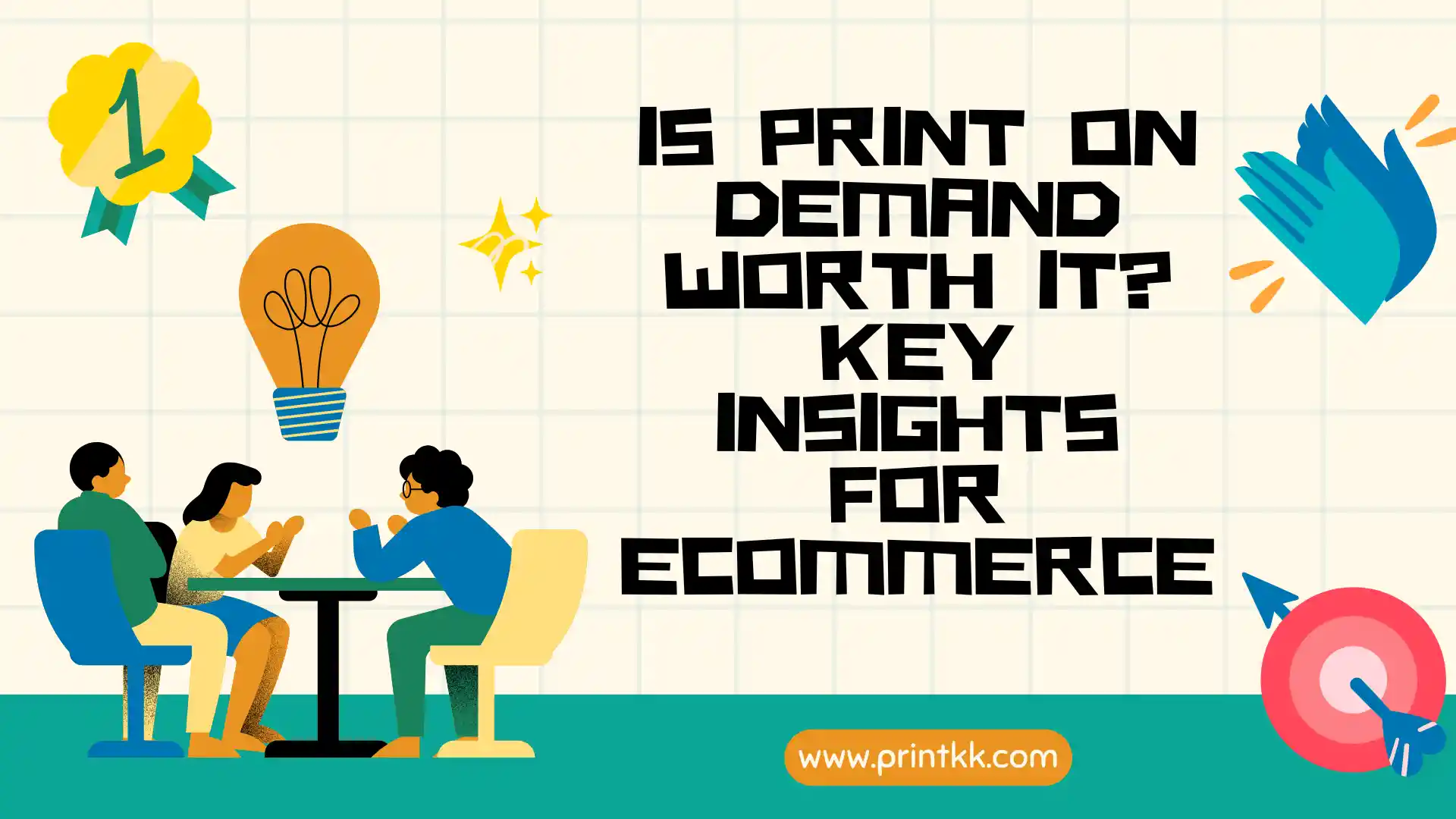
Have you ever wondered if print-on-demand (POD) is worth it for your e-commerce business in 2026? If you're considering whether or not to enter this space, or want to know the latest trends in this market right now, you've come to the right place.
In what follows, we'll take you on an in-depth analysis of the dynamics of the POD market in 2026 and help you discover the niches that have the potential to explode. More importantly, we'll reveal the keys to POD success and teach you how to improve the profitability of your business and really give your e-commerce business a run for its money.
Ready? Explore this world of opportunity together!
Growth of Print on Demand Market in 2026
Print on demand (POD) is growing faster than ever. The search interest for "print on demand" on Google has been steadily increasing since 2021, peaking in 2024, and is expected to keep growing in the coming years. This shows that more people are looking to create custom products to meet their unique needs.

The rise in disposable income, along with increased internet and smartphone usage, is fueling this growth. In 2022, the global POD market was valued at $6.18 billion and is projected to grow at a 25.8% compound annual growth rate (CAGR) from 2023 to 2030. A major driver of this growth is changing consumer preferences—people are increasingly choosing personalized gifts for occasions like birthdays, holidays, and anniversaries.
The variety of products available in POD is also expanding. From custom apparel to home décor, drinkware, and accessories, every category offers significant growth potential. The home décor segment, in particular, is expected to grow at an impressive 27.5% annual compound growth rate. As the range of products continues to grow—like custom mats, cushions, and posters—consumers have more choices, which in turn boosts sales in this sector.
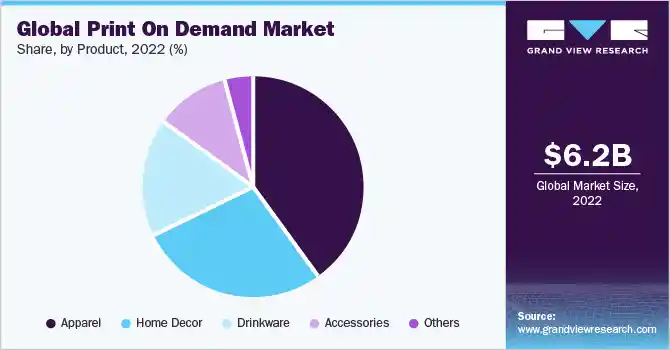
Even more exciting is the rapid growth in the global custom T-shirt printing market, which is expected to rise from $1.16 billion in 2016 to $3.1 billion by 2025. This huge growth shows just how much people are willing to pay for products that reflect their personal style.
The POD industry also benefits from the evolving e-commerce landscape. With user-friendly platforms and better integration with social media and online marketplaces, it's easier than ever for entrepreneurs to reach global customers without large upfront investments.
With the shift toward personalization and the rise of e-commerce, now is an ideal time to start a POD business. The market dynamics are more favorable than ever.
Why Print on Demand is Still a Good Business Idea
If you're thinking about starting an eCommerce business, print on demand (POD) is a great place to start. Especially for beginners, POD offers a low-risk, flexible way to enter the world of online selling. Here's why it continues to be a solid business idea, particularly in 2026.
Traditional retail businesses often require you to purchase inventory in bulk, which can be risky if the product doesn't sell. But the POD model allows you to start a business without a large upfront investment. You only pay for the product after you sell it, which means there is no leftover inventory or unsold goods.
Another major advantage is low operational complexity. POD platforms handle the printing, packing, and shipping for you. This means you don't need to worry about logistics, and can instead focus on designing your products, setting up your store, and marketing your business.
Here are a few other benefits for newcomers to the eCommerce world:
- No need for warehousing: Since POD is based on a made-to-order model, you don't need to store products or manage inventory.
- Flexibility with product offerings: You can sell a wide range of items, from T-shirts to mugs to posters, all while experimenting with designs.
- Customizable designs: You can easily create unique products that cater to specific niches or trends, making it easier to target particular customer groups.
If you're wondering whether it's too late to get in, the answer is no. The POD market is still growing, and there's plenty of room for newcomers to succeed. By finding your niche, offering unique designs, and leveraging digital marketing, you can build a profitable POD business without the heavy lifting involved in traditional ecommerce.
Which Print on Demand Niches Are a Good Breakout in 2026?
Pet Products
The pet world is a gold mine for PODs, and people will pet lovers have the most immediate love for their furry friends and want to give them the most fun and comfortable things.
People want to pamper their furry friends with adorable, customized gear like harness, collars, and even pet beds. Pet owners are extremely doting on their pets and love personalized pet accessories, so why not take advantage of this? Imagine designing a trendy dog collar with a name tag or a comfy pet bed that looks like a mini version of your customer's living room couch.
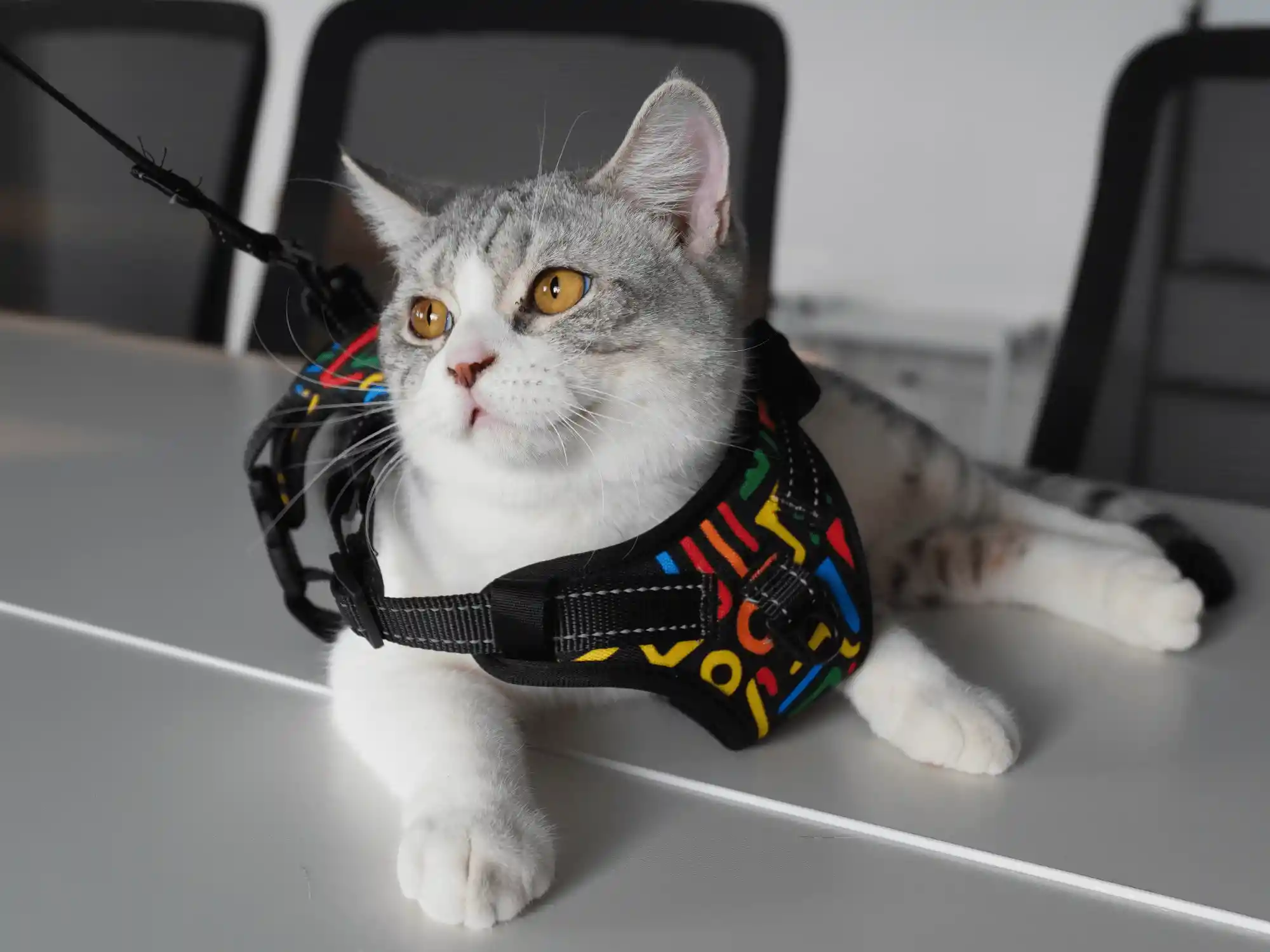
Custom Dog Harness - Print-On-Demand - PrintKK
Sustainable Products
Consumers are becoming more environmentally conscious, and products that promote sustainability are more popular than ever.
Think reusable water bottles, shopping bags, or eco-friendly clothing. Not only do these items help protect the environment, but they align with the values of today's customers who care about reducing their carbon footprint.
People want to buy things that not only look good, but also have a positive impact on the planet. If you can design stylish and practical products that reduce waste, you'll be entering a niche that's not only profitable but also good for the planet. Who wouldn't want to save the planet with a custom tote bag?
Print On Demand Folding Reusable Grocery Bags - PrintKK
Health and Wellness
Health and wellness have evolved beyond a passing trend to become a vital lifestyle choice. Motivational posters, journals, and fitness planners are gaining significant popularity as individuals increasingly prioritize both their mental and physical well-being.
Consumers are seeking products that not only enhance their physical health but also promote a sense of well-being and self-empowerment.
Creating a motivational wall print that fuels someone's fitness journey or a thoughtfully designed notebook that guides them through mindfulness practices. The possibilities for creativity in this space are endless, and wellness-driven designs have the power to inspire and uplift throughout the day.
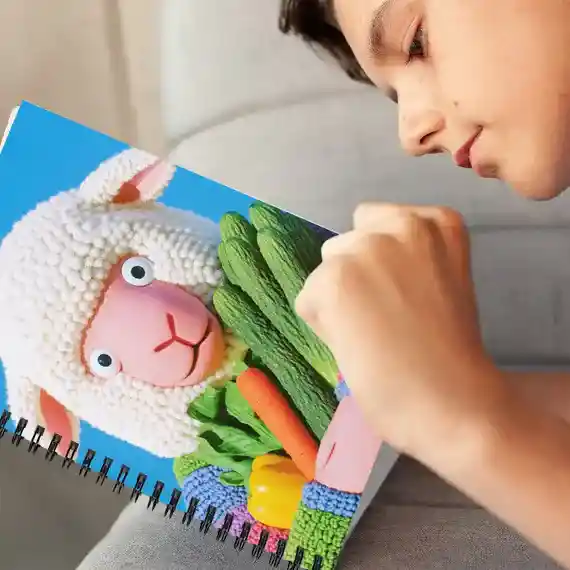
Custom Spiral Notebook - Print-On-Demand - PrintKK
Sports Products
There's a huge opportunity in the sports market, especially when it comes to activewear and specialized gear. Whether it's swimwear for athletes, cycling arm sleeves, or face masks for road cyclists, sports fans are always on the lookout for the perfect gear.
Athletes love gear that's tailored to their specific needs, so why not create custom designs just for them? Whether it's a bold design on a yoga mat or custom swim trunks, sports gear has a lot of potential in POD.
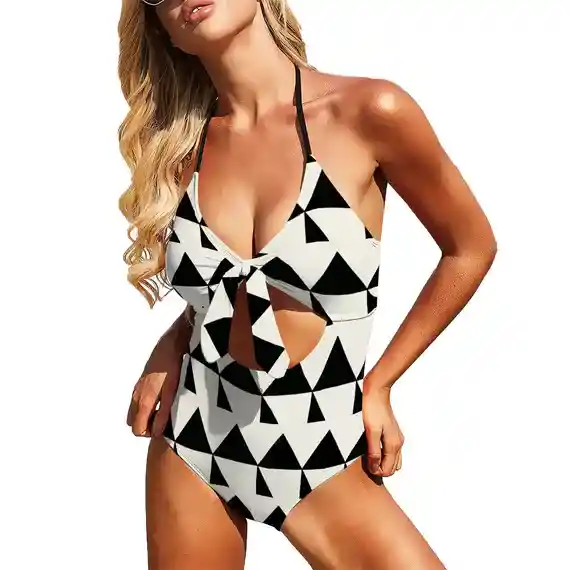
Custom Lace-Up One Piece Swimsuit Women Customized Services - Print-On-Demand - PrintKK
Themed Apparel
You might think the clothing market is oversaturated, but in reality, it's just evolving. Pop culture trends and viral moments on social media open up new opportunities for custom apparel.
For instance, when there's a major cultural event like a U.S. presidential election or a popular meme, there's a demand for related merchandise. With events like Chinese New Year coming up or themes from trending social media, staying on top of these shifts can make your designs fly off the shelves.
Think of it this way—clothing isn't just about basic items anymore. It's about creating wearable art that taps into current trends.
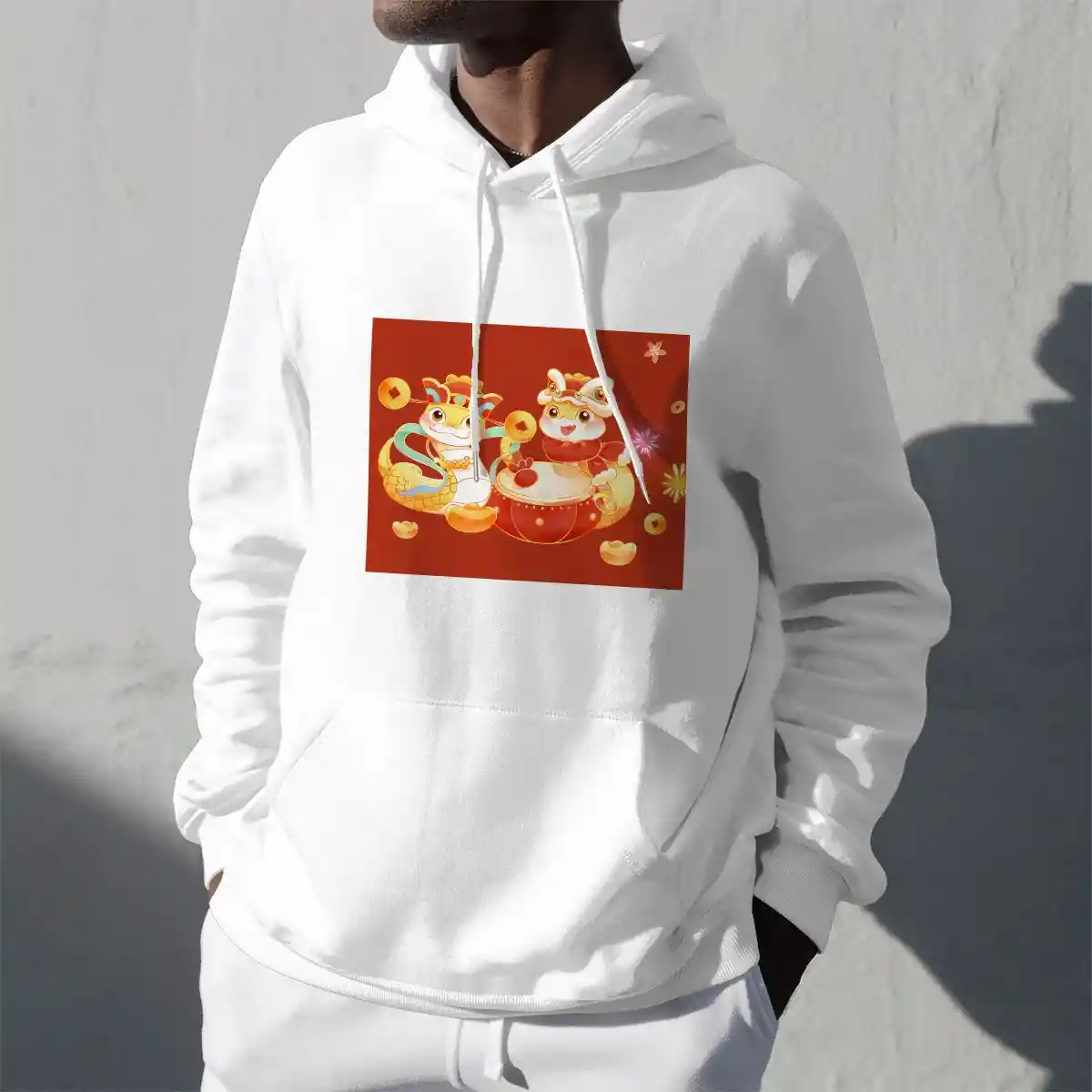
Print on Demand Unisex Fleece Hoodie with Drawstring (Made in USA) - Men's Clothing - PrintKK
Why Simple Designs and Common products Don't Always Win: The Key to POD Succes
While it's tempting to think that simple designs and widely available products will bring in quick sales, the key to long-term success often lies in uniqueness and strategy.
Success Depends on Your Effort
POD is just a tool. It's not what makes your business successful. Your art, marketing, and effort are what will determine whether you thrive or struggle.
The sellers you see making thousands of sales with basic designs have likely invested a lot of time and energy into finding their customer base. It didn't happen overnight. They built up momentum through things like social media or Etsy and used good reviews to keep the sales rolling in.
So here's the catch: if your designs are too simple or generic, buyers will usually go for the cheaper, more established shops that have better reviews.
Standing Out with Unique Designs
If your designs are generic or overly simple, you'll need to compete on price. This is because buyers naturally gravitate toward established shops that they trust.
If your designs aren't as unique, potential buyers may be less willing to take a chance on a new, low-review shop.
The secret here is that if your designs stand out, customers will be more willing to take that risk—even if your shop is still new or lacks many reviews.
Here's a simple approach to help you get started:
- Find your target customer base: Research the places your potential customers frequent and build your customer base through platforms like Etsy, Instagram, or social media.
- Focus on conversions: Conversion rate is the percentage of visitors who actually buy from your store. When you're just starting, you want to get that conversion rate to around 2-3%. If you're hitting 3-4%, you're doing great.
- Test your POD providers: Quality and reliability are key. You need to research different providers, test their products, and understand each provider's shipping and production timelines. Quality and reliability are key.
It takes time to see results, so treat the first few months as a testing phase. During this period, you'll figure out what works—what customers enjoy, which designs sell well, and which products you should focus on. Patience and experimentation are key to understanding your market.
When you're just starting, traffic might be slow. Low-engagement shops tend to appear lower in search results, so it's helpful to generate some initial sales. You can do this by reaching out to friends, family, or promoting locally. These early sales will improve your search ranking, making it easier for new buyers to discover your shop.
PrintKK Helps You Increase POD Business Profitability in 2026
If you're looking to boost the profitability of your print on demand (POD) business in 2026, PrintKK might be the solution you need. It's an all-in-one platform that helps you manage your POD store across multiple platforms, making it easier to grow your business. Whether you're selling on Etsy or Shopify, PrintKK integrates seamlessly with these platforms, allowing you to sync your orders and track everything in real-time.
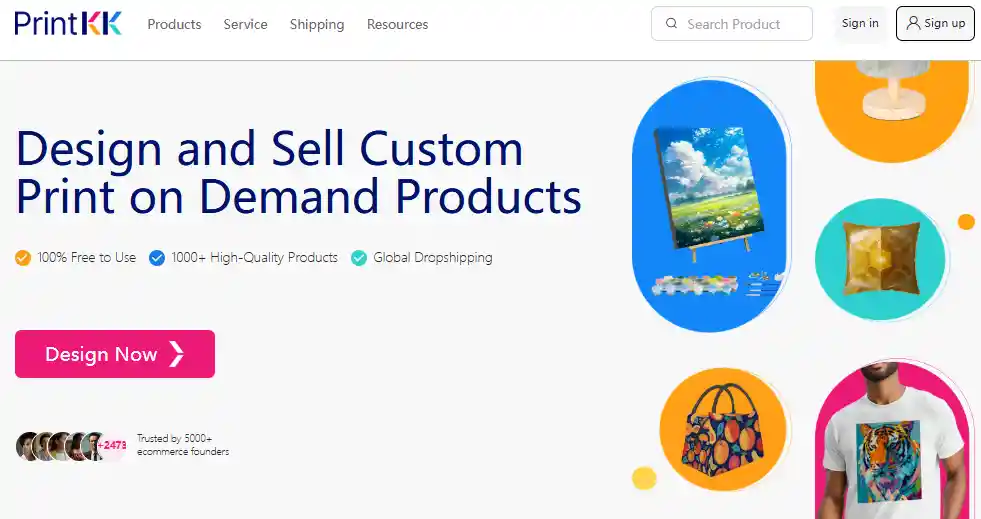
Another reason to consider PrintKK is the wide range of customizable products it offers at affordable prices. You'll have access to a huge selection of high-quality products that can be personalized to your brand.
This means you can offer a variety of items to your customers—whether it's T-shirts, mugs, bags, or home décor—without worrying about upfront inventory costs. PrintKK ensures you can provide products that are both high-quality and cost-effective, which helps maximize your profit margins.
To take your business to the next level, PrintKK allows you to create custom branding with personalized labels and packaging. You can add your logo and brand identity to your products, making your items stand out and feel more professional. Custom packaging not only enhances the customer experience but also builds brand recognition.
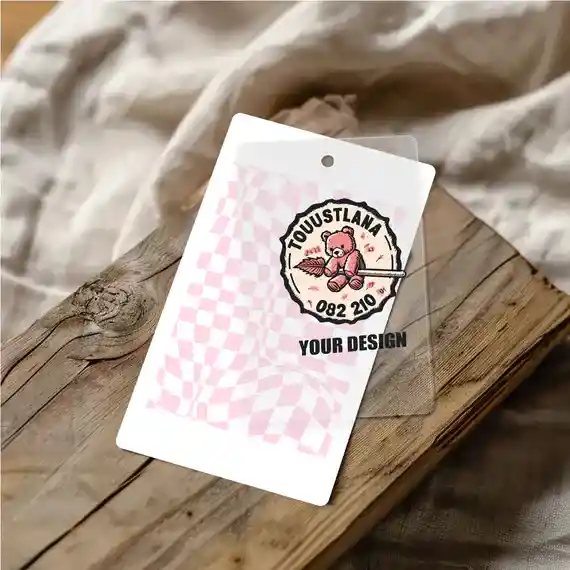
Custom Printed on Demand Combination Hang Tag - General Brands - PrintKK
With these features combined, PrintKK offers a comprehensive solution that helps you streamline your operations, expand your product offering, and enhance your branding. Whether you're just starting or you're looking to scale, PrintKK provides the tools to make your POD business more efficient and profitable in 2026.
So, Is Print on Demand Worth It in 2026?
Print on demand in 2026 is definitely worth it. Based on our analysis of the current market trends, it's clear that POD remains a thriving and profitable industry. The key to success is understanding the dynamics of the market and how to tap into profitable niches.ploring profitable niches, you now have the tools to succeed.
By exploring and applying the insights we've shared on what makes a POD business successful, you can develop a strategy that works for you. Understanding customer preferences, optimizing your designs, and choosing the right platform are all essential steps.
With the right approach and tools like PrintKK, you can streamline your operations, create unique products, and build a brand that resonates with customers. The POD market is far from saturated—it's evolving, and there's still room for you to make your mark.










 Global Shipping
Global Shipping





























